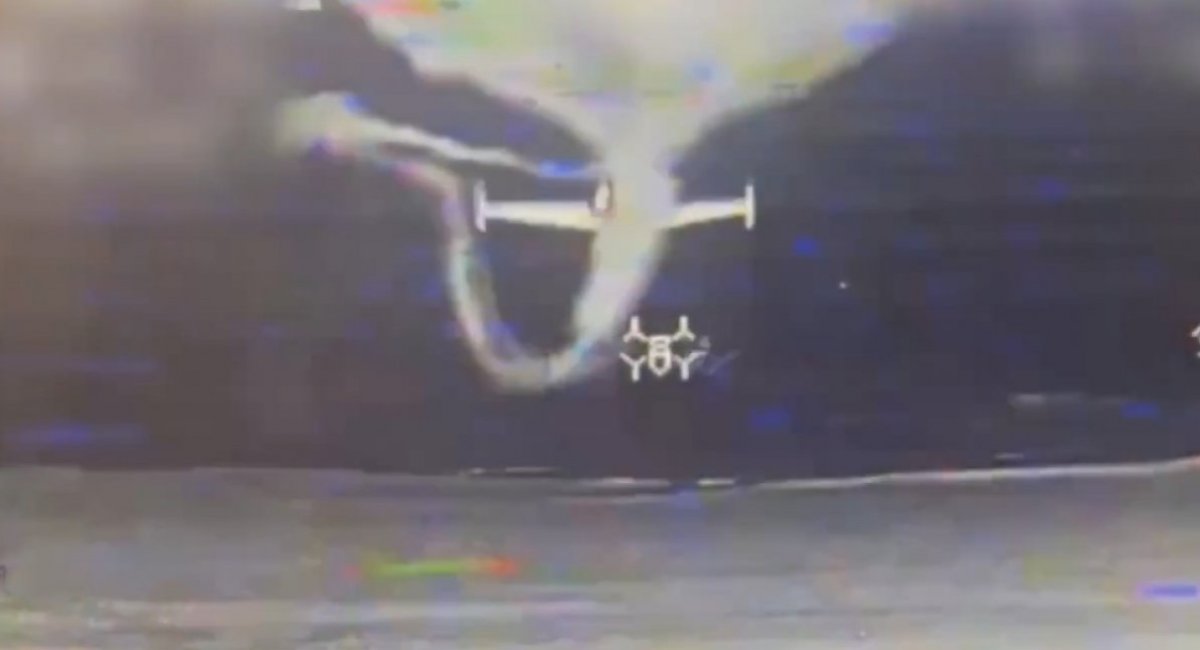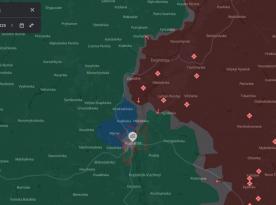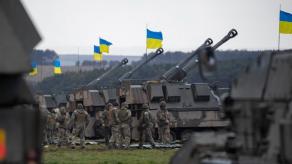russian forces have reportedly enhanced the range of their fully autonomous kamikaze drones to 100 kilometers, a significant leap from the previous 30 km. These drones now incorporate machine vision algorithms that allow them to independently detect and strike targets, even in the face of radio signal jamming. However, according to Ukrainian defenders, the increased range doesn't always translate into effectiveness on the battlefield.
In comments to Channel 24, the commander of the Typhoon unit, with call sign Feld, explained that while russia continuously experiments with new autonomous drone technologies, many of the deployed systems remain unfinished or flawed prototypes.
Read more: Ukrainian Border Guards Leverage FPV Drones to Take Out russian Solntsepyok System (Video)
"The enemy is actively deploying drones, including those with machine vision capabilities that can lock onto a target and attempt to destroy it as part of a 'swarm'. Once a target is captured, it will try to reach it no matter the jamming. But these systems still have vulnerabilities, and we’re finding ways to counter them," Feld said.

Despite the technological advancements, Ukrainian forces are adapting quickly. Specialists in electronic warfare are working to disrupt these drones at different stages of their mission, both during the approach and after a target has been identified.
Feld emphasized that just like russia, Ukrainian forces are also evolving, ”But not every Russian drone launched is a finished weapon. That’s our window to fight back.”
The push-and-pull between advancing drone warfare and electronic countermeasures reflects the broader dynamic of the modern battlefield, where software, sensors, and signal disruption are becoming just as critical as firepower.
Read more: Drone Strike Cripples russian Layered Air Defenses in Donetsk region, destroying Tor, Buk-M3, and S-300 Systems (Video)














